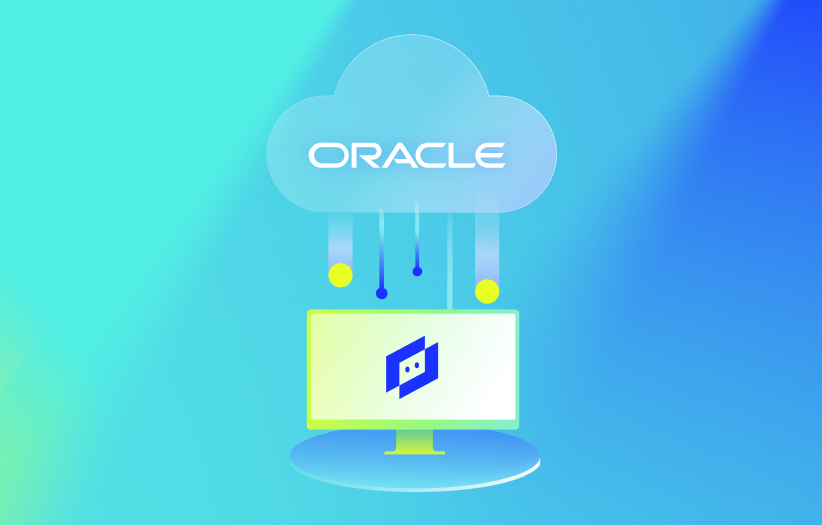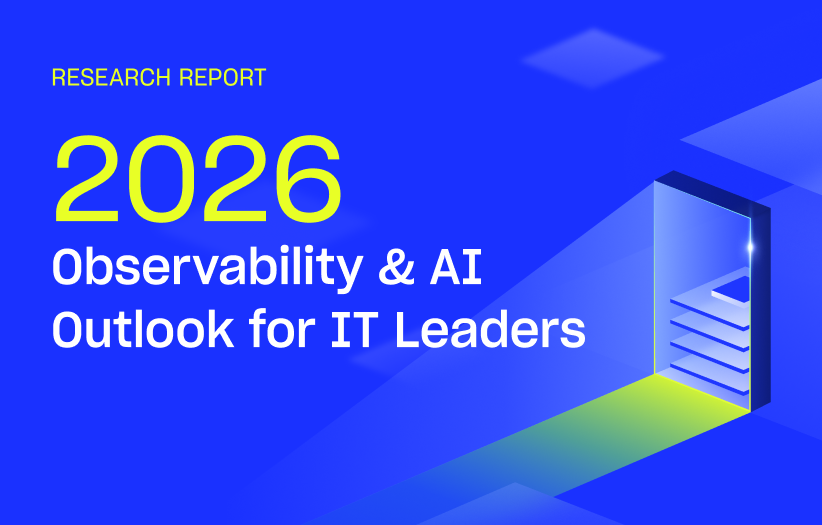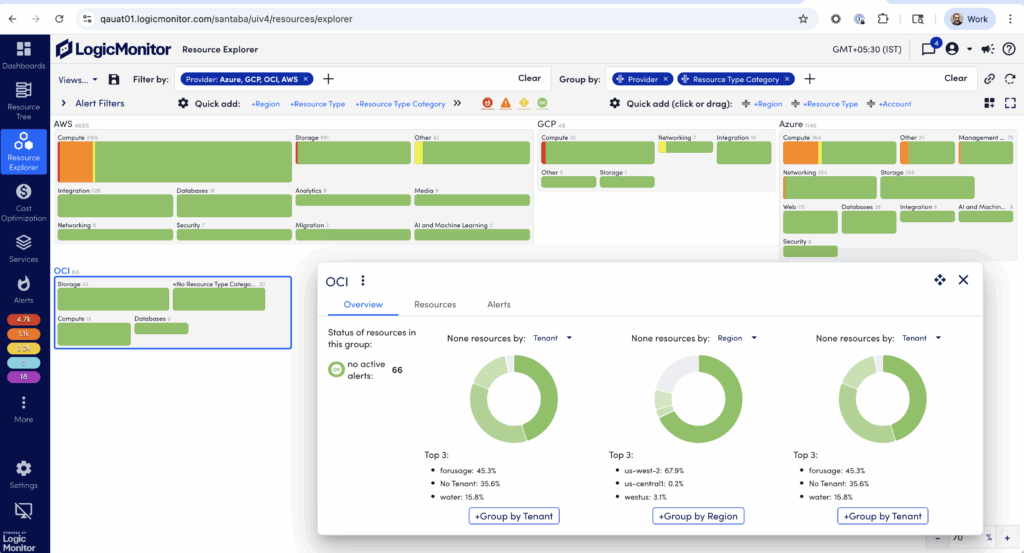Announcing Oracle Cloud Monitoring in LogicMonitor Envision

LogicMonitor + Catchpoint: Enter the New Era of Autonomous IT

Proactively manage modern hybrid environments with predictive insights, intelligent automation, and full-stack observability.
Explore solutionsExplore our resource library for IT pros. Get expert guides, observability strategies, and real-world insights to power smarter, AI-driven operations.
Explore resources
Our observability platform proactively delivers the insights and automation CIOs need to accelerate innovation.
About LogicMonitor
Get the latest blogs, whitepapers, eGuides, and more straight into your inbox.
Your video will begin shortly
If you’re running Oracle Cloud Infrastructure (OCI) alongside AWS, Azure, or on-prem systems, you’ve probably been managing OCI through separate tools. Native support for Oracle Cloud Infrastructure in LogicMonitor Envision will be generally available in October, bringing unified observability to another major cloud platform.
The surge in AI adoption, compliance-driven cloud expansion, and diverse hybrid strategies has made Oracle Cloud a growing part of many customers’ infrastructure mix. OCI’s appeal spans cost advantages for specific workloads, deep integration with existing Oracle investments, and flexible hybrid options like Oracle Cloud@Customer (OC3).
ITOps leaders have traditionally found it challenging to monitor OCI in context with the rest of the stack. Historically, teams have had to juggle fragmented tools, leaving blind spots around the health, performance, and availability of OCI resources. These gaps not only slow down incident resolution but also complicate SLA compliance, cross-cloud optimization, and security governance.
CloudOps and DevOps teams need better visibility into the health, performance, and availability of important OCI resources that underpin mission-critical applications. LogicMonitor’s new Oracle Cloud monitoring coverage closes that gap with native support for core OCI services, including:
This Phase 1 release focuses on the foundation that most enterprise workloads depend on—the core services where performance issues can materially impact your applications and users. Future releases will include additional services for a greater breadth of monitoring coverage.
Multi-cloud platform teams will be able to onboard OCI the same way they handle other cloud providers. You’ll get guided setup, pre-built dashboards, and intelligent alerting that understands OCI’s unique characteristics.
Cloud infrastructure engineers gain the visibility they need without adding another tool to their stack. OCI metrics flow into the same dashboards where you’re already tracking AWS, Azure, GCP, and on-prem performance. This includes Resource Explorer, where teams can quickly spot performance issues at the resource level.

Compliance-driven organizations can securely monitor OCI data using LogicMonitor’s Credential Vault and Role-Based Access Control (RBAC), staying aligned with regulatory and privacy requirements.
The results are outcomes that directly impact your operations:
With Oracle Cloud included, LogicMonitor empowers teams to monitor infrastructure across more cloud resources, including OCI, AWS, Azure, and GCP in one place. Here’s what that means in practice.
With the latest enhancements, LM Envision supports:
Our investment in deeper cloud integrations means you get:
With OCI, we’re doubling down on breadth, depth, and usability. This puts LogicMonitor in a league of its own, especially for organizations requiring unified visibility across all cloud and on-prem environments.
But we’re not stopping here. OCI support is part of a broader roadmap that includes AI-focused services, GPU monitoring, and PaaS extensions, keeping pace with rapidly evolving enterprise needs.
This rollout is powered by updates to the LogicMonitor Cloud Collector to support OCI’s APIs and credential frameworks. To support our MSP customers, we’ve ensured OCI integrations work within parent-child portal models, respecting scoped credential inheritance and enterprise-grade access management.
Note: Cross-portal summaries and dashboards are not part of the initial MVP but are on the roadmap.
Whether you’re already running OCI workloads or evaluating Oracle Cloud for future projects, unified observability removes a significant operational barrier. You can make cloud platform decisions based on technical requirements and business needs rather than monitoring tool limitations.
Oracle Cloud monitoring will be generally available starting in October for all LogicMonitor customers. Check our updated documentation for onboarding guides and credential setup.

© LogicMonitor 2026 | All rights reserved. | All trademarks, trade names, service marks, and logos referenced herein belong to their respective companies.
